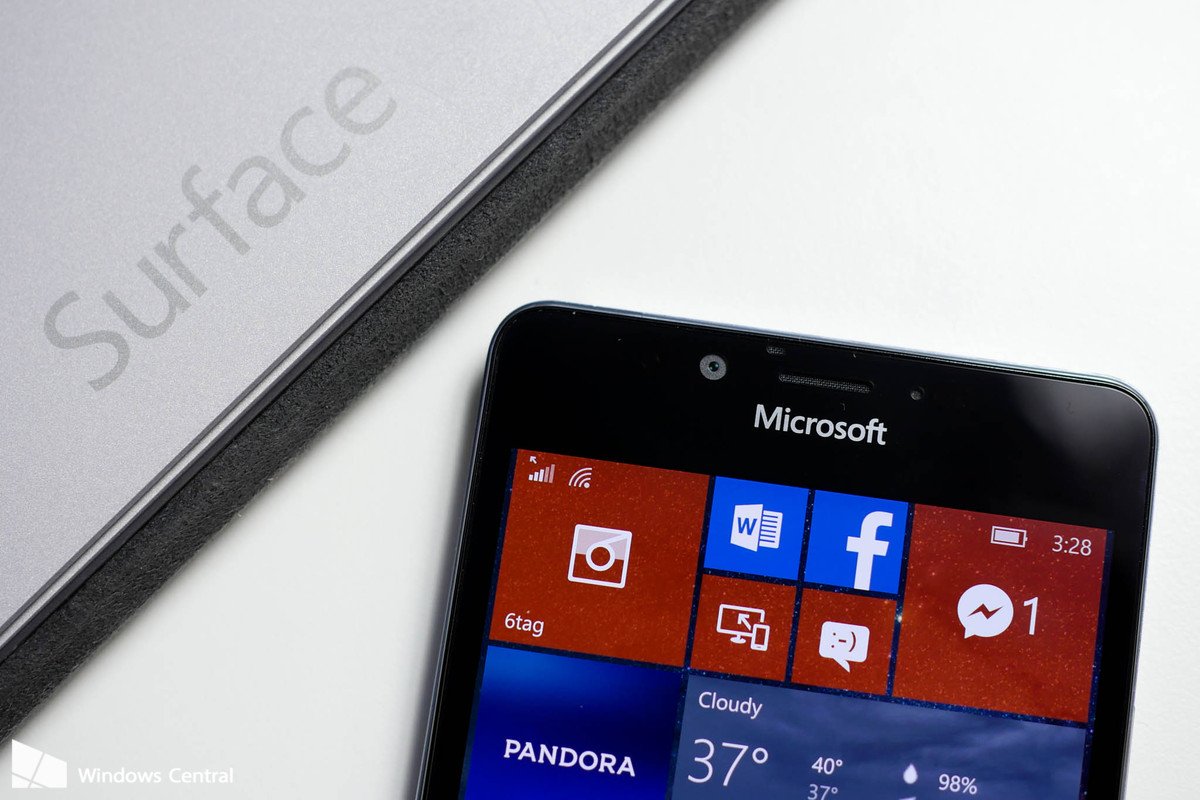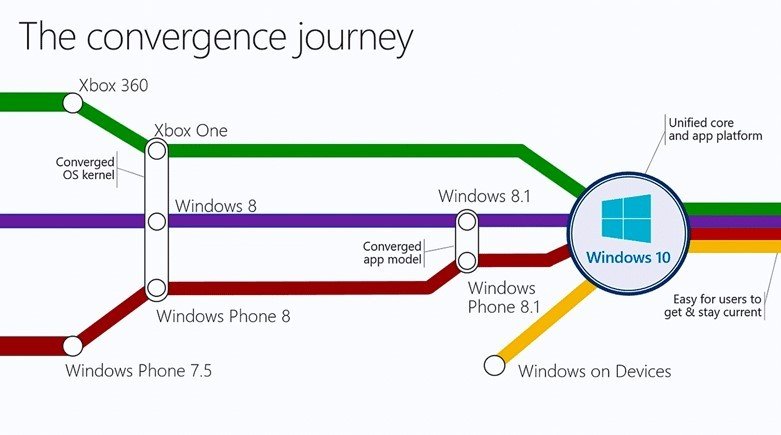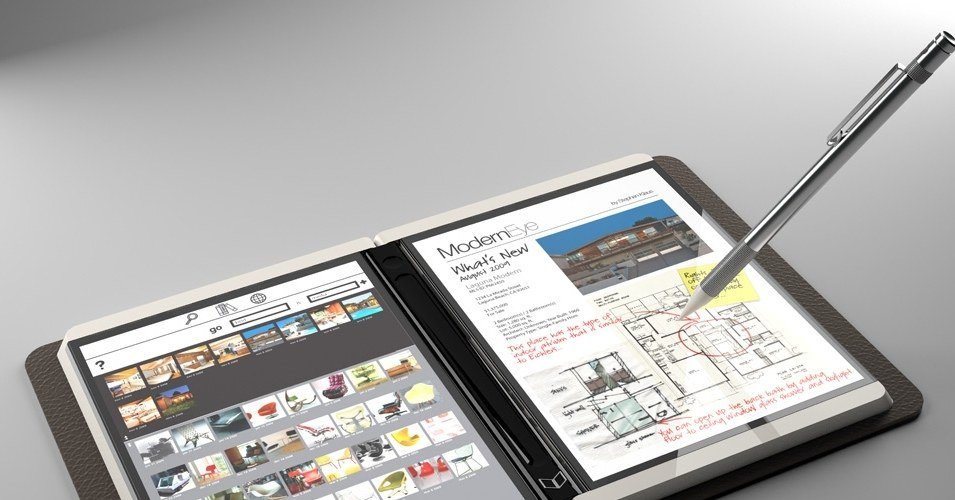Believe it or not, Microsoft's mobile strategy is still on course (seriously)
Believe it or not, Microsoft has a mobile strategy. It's been unsuccessful, but it's still more or less on track.

That sounds crazy, I know. And that intro may have you chomping at the bit. But before you get all hot and bothered, note that I'm making a few points abundantly clear:
- Microsoft has a mobile strategy.
- That strategy has been unsuccessful.
- That strategy is still more or less on course.
What needs to be understood is that there is and has always been a distinction between Microsoft having and executing a mobile strategy and the state of success or failure of that strategy. In other words, an assertion that Microsoft has and is executing a mobile strategy is not an assertion that that strategy is succeeding or will succeed.
It is simply an analysis of what Microsoft's vision is, the vision's desired outcome, the steps toward that goal, and a view of the plans executed within the context of the real world.
Windows on telephony-enabled pocketable devices
Pocket PC 2000, a Windows CE-based mobile OS was Microsoft's early foray into the mobile space. It powered what were essentially telephony-enabled PDAs.
This pared-down version of Windows had a UI visually reminiscent of the desktop UI, Start menu and all. It was not mobile-friendly by today's (or arguably the year 2000's) standards. The tiny icons and menus required the use of a stylus. It was Windows on a pocketable device, nonetheless, and represented a partial achievement of Microsoft's Windows on all form factors and Pocket PC vision.
Microsoft has always wanted to replicate desktop power on mobile.
Pocket PC became Windows Mobile 5.0 (and persisted through 6.5) and continued bringing the familiar power of Windows, including Office, to the pockets of business users and techies. It's important to remember these devices existed within a context when PCs, not the later app-centric mobile model, defined personal computing. That's not to say there was no Windows Mobile app ecosystem. Like desktop Windows programs, apps existed but were not in a centralized marketplace. Users had to find and download apps from potentially unsafe websites until Microsoft finally created a Marketplace.
Windows Mobile smartphones were, for their time, powerful pocket PCs. PC-centric tasks such as emailing, messaging, web-surfing, file management, app usage and more had been achieved by this version of Microsoft's mobile OS.
Get the Windows Central Newsletter
All the latest news, reviews, and guides for Windows and Xbox diehards.
Microsoft's mobile vision was on course.
Mobile computing shifts from a PC focus
In 2007 and 2008, Microsoft's enterprise-focused mobile direction was disrupted when Apple's and Google's consumer-focused smartphones resonated with consumers and developers. The mobile app ecosystem's birth and carrier relationships helped mainstream these non-PC-focused mobile devices.
Microsoft responded with the consumer-focused, touch-friendly Windows Phone 7 mobile OS.
The Live Tile-based UI was a departure from the desktop-like interface that preceded it. It also removed a user's ability to manipulate the OS, manage files and more; features standard to Windows on desktop and Windows Mobile.
A common core is key to Microsoft's mobile vision.
Still, though Microsoft's immediate response to rivals was a scramble to make the Windows on phone UI consumer-focused and touch-friendly, the company continued its efforts to unify its mobile and desktop cores. This is an important point because a common core is fundamental to bringing the full power of a Windows PC to all form factors, which is the basis of Microsoft's mobile vision.
Microsoft's mobile strategy was still on course.
OneCore distracts from smartphones, achieves one Windows
Microsoft's performance with smartphones must be viewed from the perspective of its commitment to creating one core for all Windows devices. Unlike its rivals, Microsoft's smartphone efforts were never as narrowly focused on just creating a great mobile experience. Concurrent to its smartphone efforts, Microsoft also laboriously worked to make the OSes running its mobile and desktop platforms - both of which competed in dynamic, distinct and competitive spaces - into one OS.

Commitment to that difficult task distracted from a laser-focus on mobile but was necessary to bring the full power of Windows to all form factors including a pocketable device.
As Microsoft developed OneCore, it also struggled to keep its mobile platform relevant in the smartphone space. Windows Phone 7's deprecation of features Windows Mobile users enjoyed drove many of them to the more open Android platform. Furthermore, the lack of developer support kept Windows Phone in the crosshairs of tech writers who applauded the OS's uniqueness but bemoaned its lack of apps.
Smartphones struggled as OSes converged.
Windows Phone 8 and Windows 8 were a step closer to OneCore and Microsoft's one Windows and Pocket PC vision. The casualty to this progression, however, were millions of Windows Phone 7.5 users who couldn't upgrade to Windows Phone 8. Windows Phones 8.1 brought the mobile and desktop platforms closer still, and with Windows 10 and Windows 10 Mobile Microsoft achieved OneCore. This established the Universal Windows Platform (UWP), which allows universal Windows apps to be developed for all form factors with some tweaks to match targeted devices.
Still, though Windows 10 Mobile is Windows, it's a pared-down version compared to the desktop OS. Its imminent demise after 2018 should be followed by full Windows on ARM with context-conforming composable shell or "CShell".
Yes, Microsoft's Windows on all form factors and Pocket PC mobile strategy is still on course.
Is Microsoft strangling Windows 10 mobile to prepare for concept of Surface phone
Windows 10 on ARM with CShell, a vision realized
Full Windows 10 on ARM will initially enable always-connected laptops, tablets, and 2-in-1s with improved battery life. Conceivably, Microsoft will follow these cellular PCs with a telephony-enabled Windows 10 on ARM PC category on a unique form factor.

CShell will allow this PC category to be mobile-friendly while in-hand and provide the full desktop experience via Continuum when connected to a monitor, mouse and keyboard. Windows 10 on ARM with CShell is the one Windows Microsoft envisioned since its early attempts at mobile with its pared-down versions of Windows on Pocket PCs. The full power of Windows will finally be available to desktops, laptops, tablets and pocketable devices.
Microsoft's one Windows Pocket PC mobile strategy's still on track.
Some readers may conclude this is a poor strategy or one for which the desired outcome is unattainable. That's fine, but those are not the points advocated in this piece. This is an assertion that Microsoft has a mobile strategy and that with its one Windows efforts as the driver, it's still advancing that strategy toward the goal of a pocketable, telephony-enabled device with the full power of Windows.
Jason L Ward is a columnist at Windows Central. He provides unique big picture analysis of the complex world of Microsoft. Jason takes the small clues and gives you an insightful big picture perspective through storytelling that you won't find *anywhere* else. Seriously, this dude thinks outside the box. Follow him on Twitter at @JLTechWord. He's doing the "write" thing!

